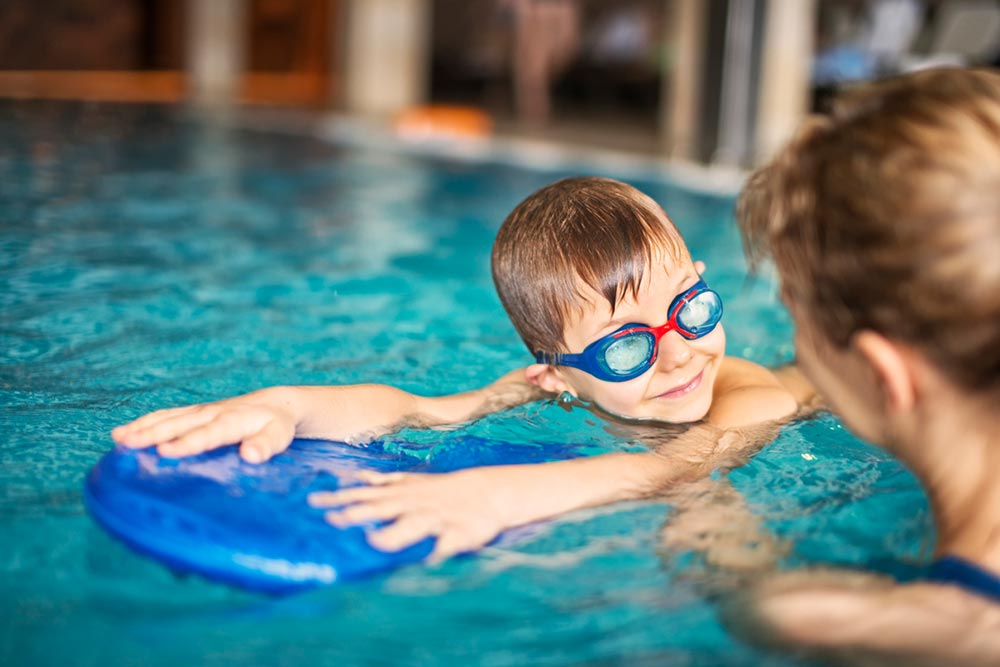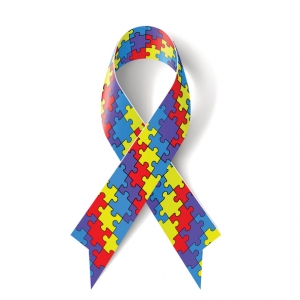Training Program For Autism

Catherine O’Brien
Autism Spectrum Disorder (ASD) is a developmental disorder associated with impaired social ability, difficulty interacting with others and tendency to engage in repetitive or unusual behaviors. People with ASD may experience sensitivity to certain stimuli like texture, light, and noise. As is indicated by the name, autism spectrum disorder can vary in severity and presentation as it occurs on a continuum. According to the Center for Disease Control and Prevention, ASD effects approximately 1 out of every 68 children and is more common (4x) in males. According to the National Institute of Mental Health, children with ASD may also experience trouble sleeping and insomnia.
As a result of interrupted or inefficient sleep, parents and caregivers also suffer from sleep trouble. Given the prevalence of autism spectrum disorder, there is a wealth of research investigating opportunities to mitigate some of the symptoms and comorbid conditions associated with the diagnosis. I am excited to discuss research that examines the effects of exercise on social behaviors, sleep and athletic / coordination abilities in children with ASD.
Research
Research conducted by Pan (2010) examined the effect of water exercise swimming program (WESP) on both aquatic skills and social behaviors in children with ASD. Participants were 16 children between ages 6-9 who were diagnosed with autism. The participants varied slightly in their diagnosis with 8 participants considered mild or high-functioning and 8 participants were identified as having Asperger’s syndrome. Participants were divided into two groups.
The first group was placed in water exercise swim program (WESP) for 10 weeks and then received just their normal treatment/ activity for 10 weeks. The second group spent the first 10 weeks in regular treatment followed by 10 weeks of WESP treatment. The children were tested for aquatic ability and social skills three separate times. The first measurement occurred at baseline upon study entry, the second occurred after the first 10 weeks whether they had regular treatment/ activity or WESP treatment, and the final measurement was taken after the second 10-week period.
WESP included warmup activities, small group instruction, group games and activities and cool down. The Humphries Assessment of Aquatic Readiness (HAAR) measured mental adjustment, introduction to water environment, rotations, balance and control and independent movement in the water. Participants were also measured on social behavior skills including social competence, peer relations, self-management, academic behavior and antisocial behavior like irritability, aggressive / defiant behavior.
Not surprisingly,
WESP treatment led to statistically significant improvement aquatic ability. More interestingly, there was also a significant effect of WESP on academic and antisocial behavior such that following the 10 week WESP treatment, participants had higher scores for academic behavior and social competence and lower scores for hostile/irritable and antisocial behavior.
A second research study conducted by Brand et al. (2015) examined the effect of aerobic exercise on sleep behavior and motor skills in children with autism spectrum disorder. Participants in Brand et al.’s study were 10 children, age 7-13 who qualified as having autism spectrum disorder. Participants attended three training sessions per week for three weeks. During each of the sessions the children participated in 30 minutes of aerobic exercise on a bicycle followed by 30 minutes of coordination training. This training included throwing a ball, balancing, jumping etc. Sleep was measured objectively by EEG analysis 4 times – at the start of the study, at the conclusion of the study, one night during the study following a day where the participant engaged in the physical activity and one night during the study following a day with no physical activity.
Additionally,
Sleep polygraphs were used to assess total sleep time, sleep efficiency, slow wave sleep, REM sleep, sleep onset latency and number of times awakening after sleep onset. Parents / caregivers measured child’s sleep subjectively using the Insomnia Severity Index which includes parameters such as difficulty falling asleep, maintaining sleep and worrying about sleep. Finally, researchers examined mood state of children on morning following physical exercise compared to morning following no exercise.
Not surprisingly, the physical exercise intervention improved motor skills over time.
Unfortunately, there was no significant effect of physical exercise on subjective sleep or objective sleep over time. That is, sleep scores before and after the study were similar. However, there was as significant effect of physical exercise on objective sleep on nights following physical exercise such that children slept better following nights with physical activity. Additionally, sleep logs revealed improved mood in mornings following physical activity.
Related Article: Exercise Induced Sleep Improvements
Pan and Brand et al.’s research is important because it provides support for the use of physical exercise for the remediation of some of the symptoms and comorbid disturbances in children with ASD. Simply, for children with autism spectrum disorder, physical exercise can improve social behavior, mood and sleep. This research is also important because parents and caregivers of children with ASD often suffer from disturbed sleep as a result of their child’s insomnia.
As such, improving sleep quality and duration for children with ASD would in turn benefit caregivers, affording them a better night sleep as well. Future research may explore more long term intervention as the present research did not find a significant effect of physical exercise over time. It is possible a longer intervention may produce more long lasting and sustainable results.
References
Brand, S., Jossen, S., Holsboer-Trachsler, E., Gerber, M. (2015) Impact of aerobic exercise on sleep and motor skills in children with autism spectrum disorders – a pilot study. Neuropsychiatric Disease and Treatment, 11, 1911-1920.
Center for Disease Control and Prevention. Autism Spectrum Disorder (ASD). Retrieved January 29, 2017 from https://www.cdc.gov/ncbddd/autism/data.html
The National Institute of Mental Health. Autism Spectrum Disorder. Retrieved January 29,2017 from https://www.nimh.nih.gov/health/topics/autism-spectrum-disorders-asd/index.shtml
Pan, C., (2010) Effects of water exercise swimming program on aquatic skills and social behaviors in children with autism spectrum disorders. Sage Publications and the National Autistic Society, 9-28.
Young, S., Furgai, K. (2016) Exercise effects in individuals with autism spectrum disorder: a short review. Autism Open Access, 6, 1-2.
You Might Like:
















